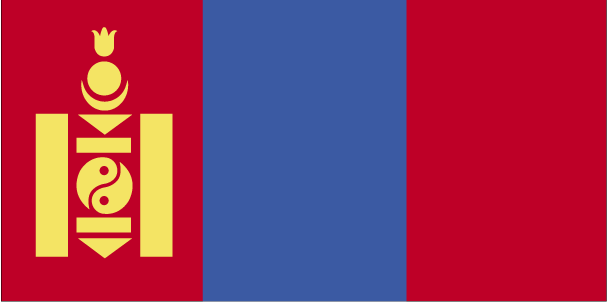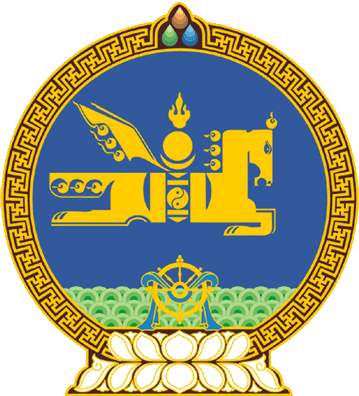 ON TWO WHEELS
ON TWO WHEELS 
| We did not accidentally choose to travel on motorbikes: it's the most widespread means of transportation in Mongolia. We shall travel like a couple of local shepherds. We don't wish to interfere, we want to be integrated; the bike places us on an equal footing, giving us an easier access to the people. And we won't use just any brand or model; we have chosen the traditional IZH Planet 5, the most popular bike among the Mongols, to ride over 6,000 Km. |  |
 BRIEF HISTORICAL SUMMARY
BRIEF HISTORICAL SUMMARY 
 | The actual nation is the remnant of the ancient thirteenth century Mongolian Empire, founded by Genghis Khan. It was the farthest reaching Empire mankind has ever known. With its fall, the Empire also lost its independence and was assimilated by Manchuria during the end of the seventeenth century until 1911. In 1919 it falls again under Chinese occupation. In 1921 the White Russian troops who were retreating under the command of Baron von Ungern-Sternberg ("The Crazy Baron") occupy Urga (at present Ulan Baatar), declare the independence of Mongolia, reinstating the Bogd Khan as a decorative ruler. The Mongolian people, tired of the Baron's bloodthirsty regime, together with the Bolshevik troops and with their national hero, Damdin Sükhbatar, leading them, defeat the White Russians. Later, in 1924 the Popular Republic of Mongolia is proclaimed, becoming thus the second country in the world to adopt communist policies, and is virtually occupied by the Soviet Union. In fact it was called the "sixteenth Republic". After the perestroika in 1990, Mongolia chooses a democratic parliamentary Constitution and simply renames itself Mongolia. |
 A WATERLESS PLACE
A WATERLESS PLACE 
| For Westerners there is only one Gobi Desert; the Mongols, on the other hand, can name more than thirty different ones. Together they encompass a third of Southern Mongolia and have one trait in common: their extraordinary thermal range, with temperatures that vary from 40 degrees centigrade in the summer to 40 below zero in winter. These conditions are made particularly tough by the fact that some low areas can go for years without a drop of rain, while the sand storms follow each other incessantly during the springtime, lasting sometimes up to 48 hours. The best known landscape of the Gobi is that of the dunes, which owe their reddish colouring to the iron oxide that covers the sand's quartz. The most emblematic animals of the Gobi are the Bactrian camels, which can be recognised by their bushy fur and two humps. Another valued species is the yak. The ibex (related to goats), the mouflon (a kind of ram) and the Mongolian gazelles, appreciated by wolves and snow leopards, stand out among other wild animals. A large part of the Gobi is protected. Even though its name in Mongol means "waterless place", one of the largest reservoirs of water of the planet can be found underneath this desert. |  |
 TIMELESS RAILS, THE TRANS-MONGOLIAN
TIMELESS RAILS, THE TRANS-MONGOLIAN 
 | Fourteen wagons shape this colossal three hundred meters long green iron worm which drags its belly through the entrails of Asia. It covers 7661 kilometers from Moscow to Beijing, makes 49 stops which can last from two minutes to two hours, including those of Naushki and Erlian, the borders of Mongolia with Russia and China respectively. The width of the wheels is changed at these stops, so as to adapt them to the different gauges in these two countries. At regular intervals along the way, the engines are changed, the bogies checked (by listening to the metallic sound produced when struck by a bar of steel) and the necessary supply of fresh water is pumped through hoses. |  |